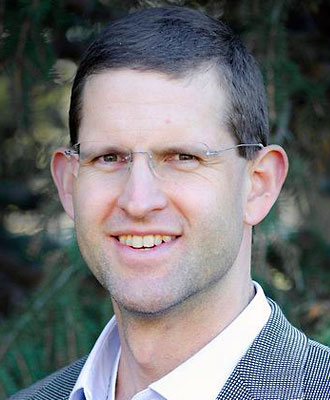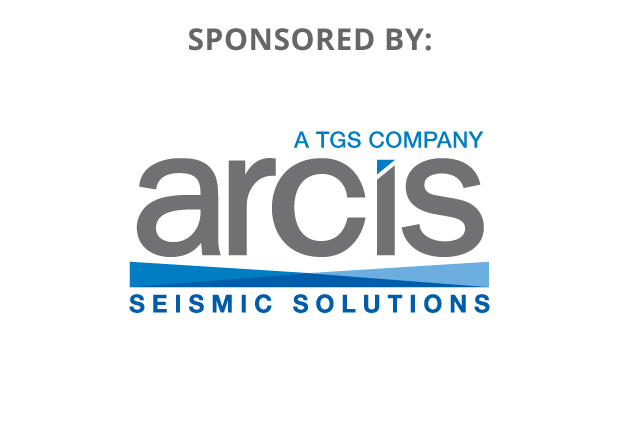Abstract
In this presentation, we highlight the performance of PreStack Depth Migration (PSDM) on an ION GeoVentures multiclient survey from northwest Pennsylvania, the GroundhogSCAN 3D. Provided that reflection tomography has produced an accurate interval velocity model, PSDM provides three key "structural imaging" benefits (over conventional time imaging or PSTM) for horizontal drilling applications: 1) structural simplification, 2) improved focusing of faults and steep dips, and 3) correction of lateral mis-positioning due to velocity variations. All three benefits materially reduce the risk of dropping out of zone during geosteering. Looking into the future, however, PSDM will also improve the accuracy of any rock property attributes derived from migrated gathers. In this presentation we focus on azimuthal velocity anisotropy (HTI), an indicator of horizontal stress gradient, and show convincing evidence that we have detected a change in regional horizontal stress across the Salina Salt, a known detachment surface during the Appalachian Orogeny. Moreover, we demonstrate that by using PSDM for the attribute analysis, we remove false HTI effects from PSTM gathers that were caused by lateral velocity variation.
Biography
Dr. Morgan Brown holds degrees in applied mathematics (BA, 1997) from Rice University and in geophysics (PhD, 2004) from Stanford University. He worked in geophysical R&D at Hess Oil and 3DGeo, before joining a depth imaging startup, Wave Imaging Technology Inc.. He served as CEO from 2008 to the company's sale in 2013 to GeoCenter. After consulting for two years, he recently joined the NEOS Seismic Imaging Group in Denver as a Subject Matter Expert in Depth Imaging.






